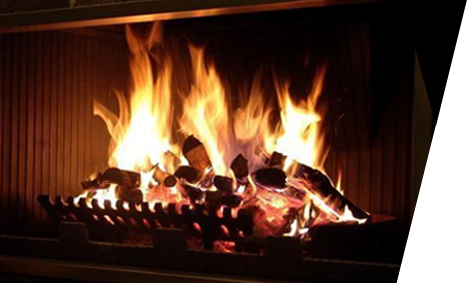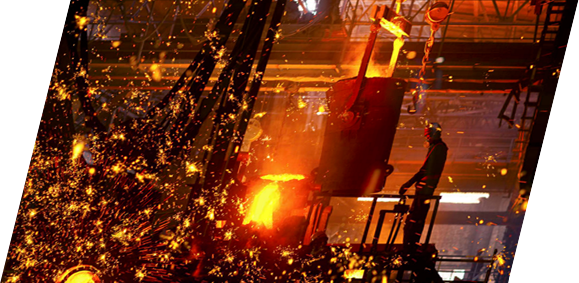Contact Us
Tel:0086-574-66219838
Fax:0086-574-62637985
Post Code: 315400
Contact: Weng Keqing
Telephone:13429261888
E-mail:feida58@126.com

Home / News / Industry News / What is Classification of laminates?
What is Classification of laminates?
Date:20-04-28
The performance of the laminate depends on the substrate and adhesive and the molding process.
According to its composition, characteristics and heat resistance, laminated products can be divided into the following two.fiberglass coat laminated products Suppliers
(1) Organic substrate laminates-with wood pulp insulation paper, cotton fiber paper, cotton cloth, etc. as reinforcement materials. Long-term use temperature can reach 120 ℃, and synthetic fiber products have also been developed as reinforcement materials.
(2) Inorganic substrate laminates-with inorganic glass fiber cloth, alkali-free glass fiber felt, etc. as reinforcement materials. The long-term use temperature is 130 ~ 180 ℃, and even higher temperature, which varies with the adhesive resin.
Laminated plastic products are divided into laminates, laminated tubes, laminated rods and molded laminates according to shape and use. Copper-clad laminates for printed circuits and adhesive paper capacitor sleeve cores used as capacitor sleeves for high-voltage electrical appliances are two special types of laminated plastic products.
Laminate: including laminated paperboard, cloth board, glass cloth board and copper-clad laminate. ①Laminated paperboard: It is made of insulating paper impregnated with synthetic resin glue and hot pressed. Has good dielectric properties, mechanical properties and mechanical plus e799bee5baa6e79fa5e98193e4b893e5b19e31333361303564 performance, suitable for various insulating structural parts in electrical equipment. ②Laminated cloth: It is made of cotton cloth impregnated with synthetic resin glue and hot pressed. It has good mechanical processing performance, its hardness, cleavage resistance and impact strength are better than cardboard, but its electrical performance is not as good as laminated cardboard, and its use is the same as laminated cardboard. ③Laminated glass cloth: It is made of alkali-free glass cloth impregnated with different synthetic resins and then hot pressed. Its mechanical properties, heat resistance, and water resistance are higher than laminated paperboards and cloth boards, but the bonding strength is slightly worse. Uses are the same as laminated cardboard. ④Copper-clad laminate: made of alkali-free glass cloth or cotton fiber paper impregnated with phenolic resin or epoxy phenolic resin as the substrate, and coated with electrolytic copper foil on one or both sides of the substrate, and then hot pressed. It has good mechanical properties and dielectric properties and high peel strength. Mainly used as a printed circuit board for electronic equipment.
Rolled laminated products: including paper, cloth roll products and capacitive tape cores. ① Paper and cloth roll products: It is made of insulated winding paper, cotton cloth, glass cloth impregnated or coated with synthetic resin, and then rolled, impregnated and dried. Commonly used resins are phenolic resin, epoxy phenolic resin, modified silicone resin, etc. Paper and cloth roll products can be made into rod, tube or tube. Its dielectric properties and mechanical strength are higher than those of general plastic-pressed products, but lower than those of laminates and cloth sheets. Mainly used as insulating structural parts. ②Capacitive tape core: It is made of winding paper coated with synthetic resin, then dried, hot rolled and heat treated. During rolling, every certain thickness, a layer of aluminum foil is inserted as an electrode. It is a series capacitor with adhesive tape as the medium. It can be used as an insulating core at the leading end of high-voltage transformers and switches. ③Molded laminated products: It is made of insulating paper, cotton cloth, glass cloth, etc. impregnated with synthetic resin, and hot-pressed by forming mold. It has rod-shaped molded products, V-rings and other special shaped molded products. Has high mechanical properties, dielectric properties and moisture resistance. Mainly used as insulating structural parts of motors, electrical appliances and other equipment.






